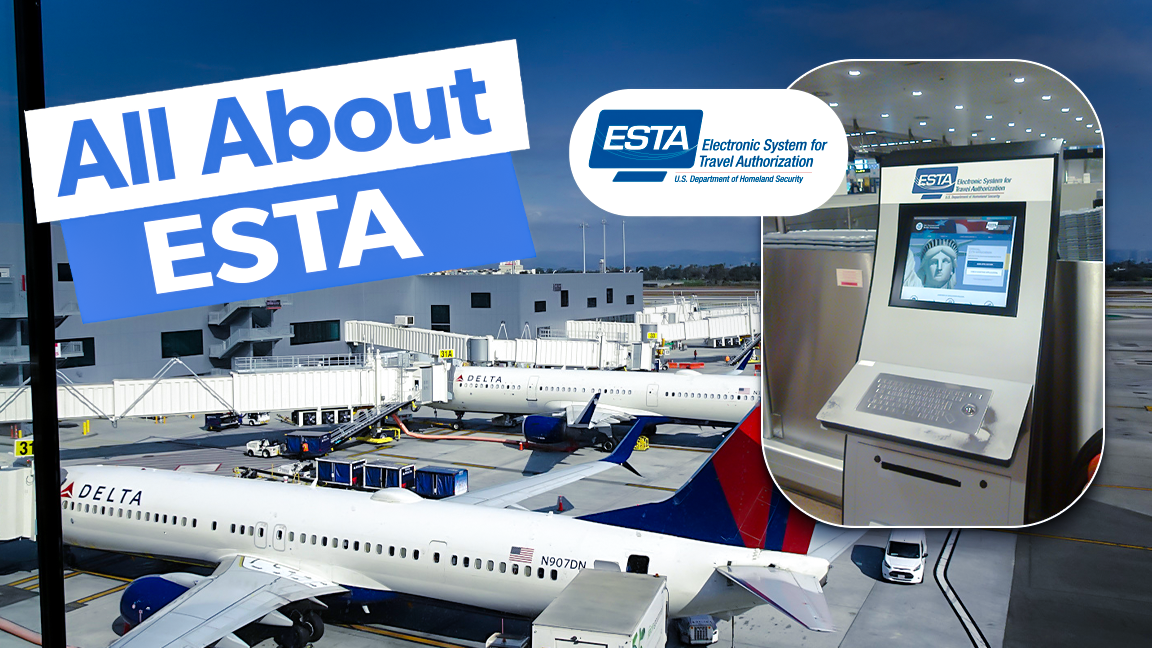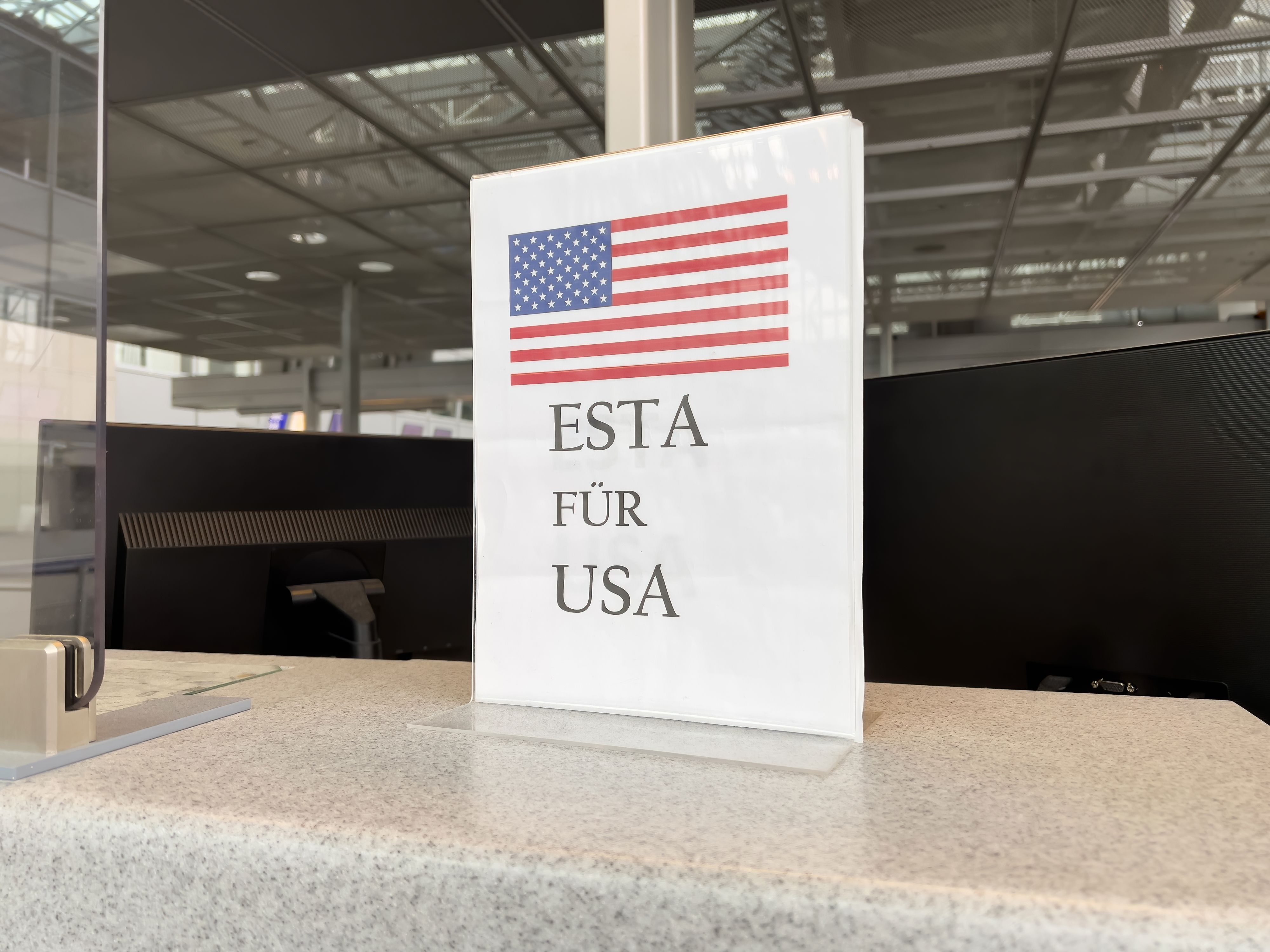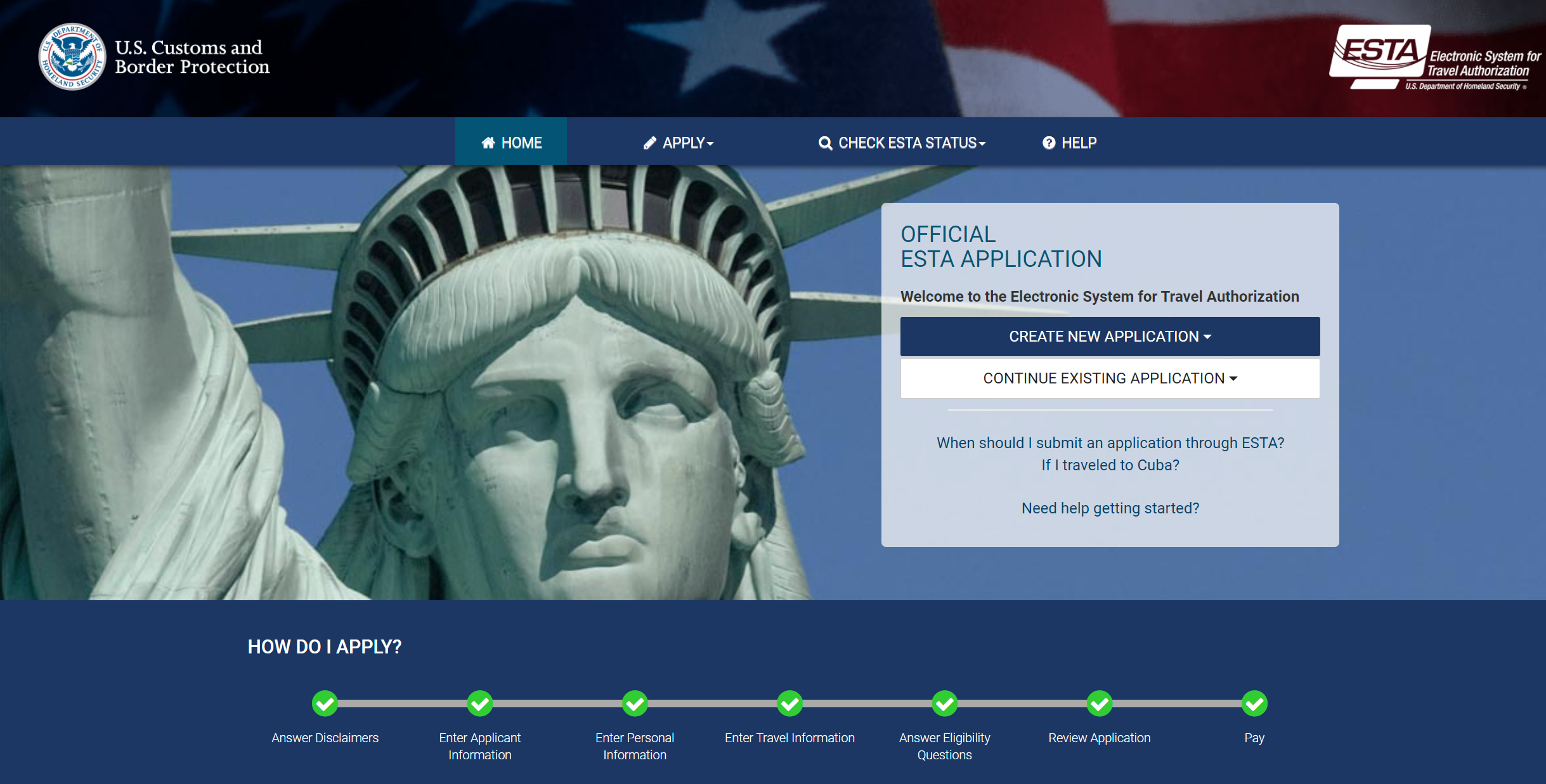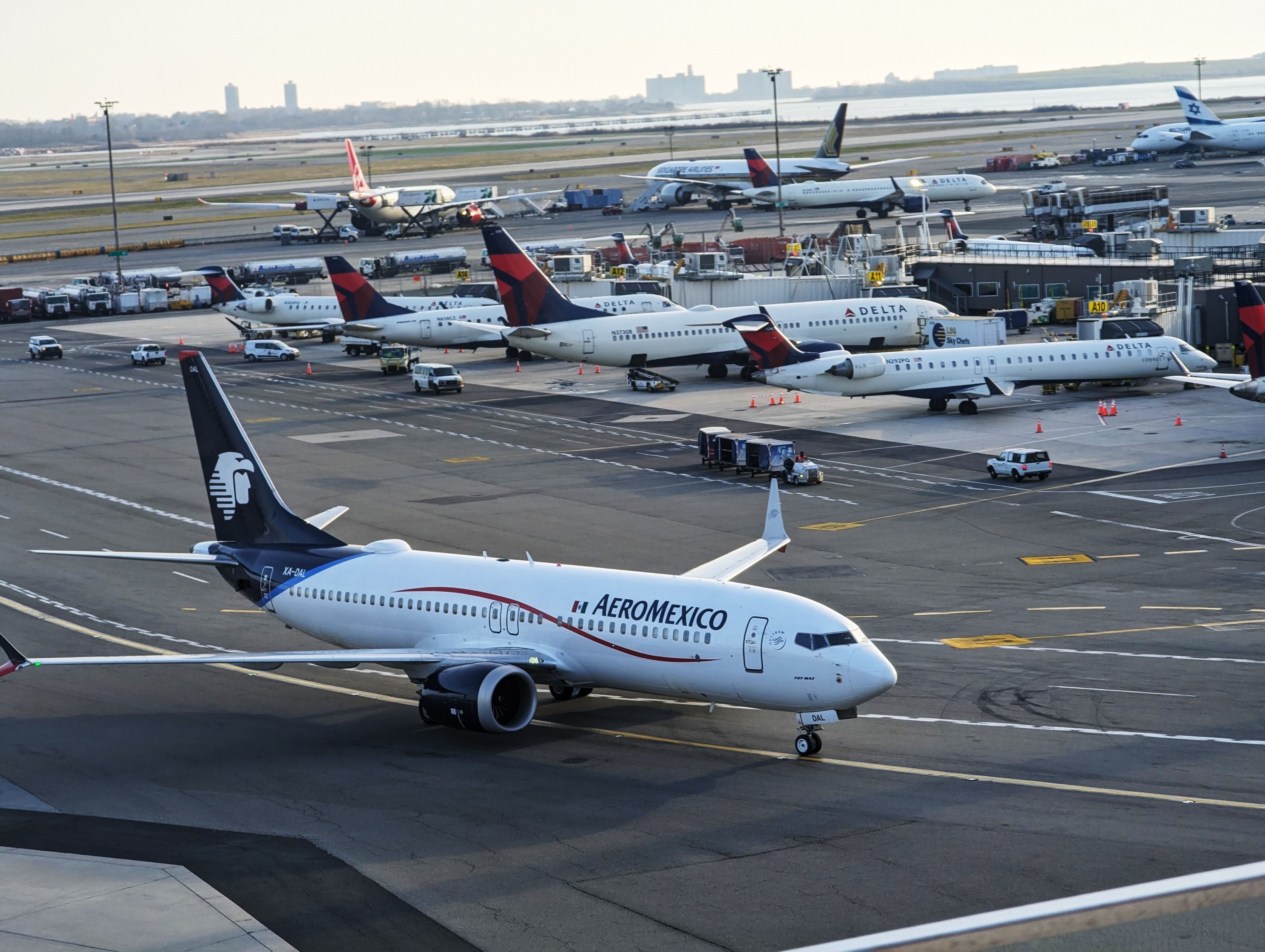Summary
- The ESTA program was introduced in 2008, making it easier to enter the US without a visa.
- Nationals from over 40 countries with visa waiver programs are eligible.
- An ESTA remains valid for up to 2 years after approval and offers up to 90 days in the US.
The United States implemented its Electronic System for Travel Authorization (ESTA) in 2008 to support its Visa Waiver Program. The system makes it easier for travelers to visit the US and abide by the country's travel laws, removing the time-consuming requirements of applying for a full visa. In this article, we will explore everything you need to know about the ESTA program.
A brief history of ESTA
The ESTA program was rolled out in August 2008 and became mandatory on January 12th, 2009. Essentially, the program is an automated vetting system that determines whether a traveler is eligible to enter the United Stats without a visa.
There are now 41 countries participating in the US Visa Waiver Program (VWP). The VWP was introduced in 1986 to facilitate visa-free travel to the US for select nationals, catering to tourists, business travelers, medical visitors, and other temporary stays.
In light of elevated security concerns after 9/11, the US government imposed stricter entry requirements and eventually decided it wanted travelers to provide certain information in advance of traveling. Since 2010, travelers applying for an ESTA must pay a fee - as of April 2024, it will cost a total of $21 for each approved ESTA, which includes a $4 processing fee and a $17 authorization charge. When the scheme first came out, it was completely free before the US implemented a $14 charge in 2010, going up to $21 in 2022.

US Imposes Visa Restrictions On Executives Facilitating Nicaragua Air Charters
The US Government implements visa restrictions to crack down on irregular migrations.How do you get an ESTA?
To apply for an ESTA, travelers need to visit the official ESTA application website here. The multistep process includes entering personal information and flight details and answering eligibility questions. The program can sometimes require additional information, such as employment details, depending on the circumstances.
There are some other eligibility requirements to keep in mind, too, including:
- Must have an electronic passport with a biometric chip
- Must not hold a current visitor's visa
- No former US visa applications/border entry denials
- No criminal record or other significant misdemeanors
- Passport valid for over six months after planned US exit date
After completing Step 6 of your application, you will need to submit payment. Once this is done, the automated system will determine your eligibility and approve or deny your application. Often this happens almost instantaneously, but can take up to 72 hours or longer in some cases. According to the official ESTA application website, the process can best be described as follows:
"Once you enter the required biographic, travel, and payment information on the secure website, your application is processed by the system to determine if you are eligible to travel to the United States under the Visa Waiver Program without a visa. The system will provide you with an automated response, and prior to boarding, a carrier will electronically verify with the United States Customs and Border Protection that you have an approved travel authorization on file."
The ESTA website claims that the average time it takes to complete your application is 23 minutes, but this does not mean you have been approved yet. An update on your application will usually take no more than 72 hours.
Be advised that travel to certain "countries of concern" will also rule out ESTA approval in the majority of cases. Under the TerroristTravel Prevention Act of 2015, applicants who have visited Iran, Iraq, Libya, North Korea, Somalia, Sudan, Syria, or Yemen since March 1, 2011, will likely be rejected - however, those who have visited these countries for military or diplomatic reasons will be exempt.
When to apply
If approved, an ESTA will usually be valid for up to two years (or whenever your passport expires, if earlier), meaning you can apply for one well in advance of your trip without worrying about it expiring too soon. An ESTA is available for stays of up to 90 days for business or pleasure. Be sure not to overstay your 90-day limit—not only is this a criminal offense, but it will likely result in all future ESTA applications being rejected.
The United States Customs and Border Protection (CBP) advises applying for an ESTA when you make your flight reservation. If you can't make your application right away, be sure to do it at least 72 hours before your flight—leave it any later than this, and there's a good chance you won't get your approval in time. Even with an ESTA, travelers are not guaranteed entry to the US upon arrival in the country - entry for each individual is determined at the discretion of a CBP officer.
Discover more aviation news with Simple Flying.
ESTA or visa?
An ESTA is usually the best choice for temporary visitors to the US, be it for business or leisure. Compared to visas - which require embassy interviews, weeks or months of processing and higher costs - an ESTA can be acquired within three days (usually a lot quicker than that) at a fraction of the cost.
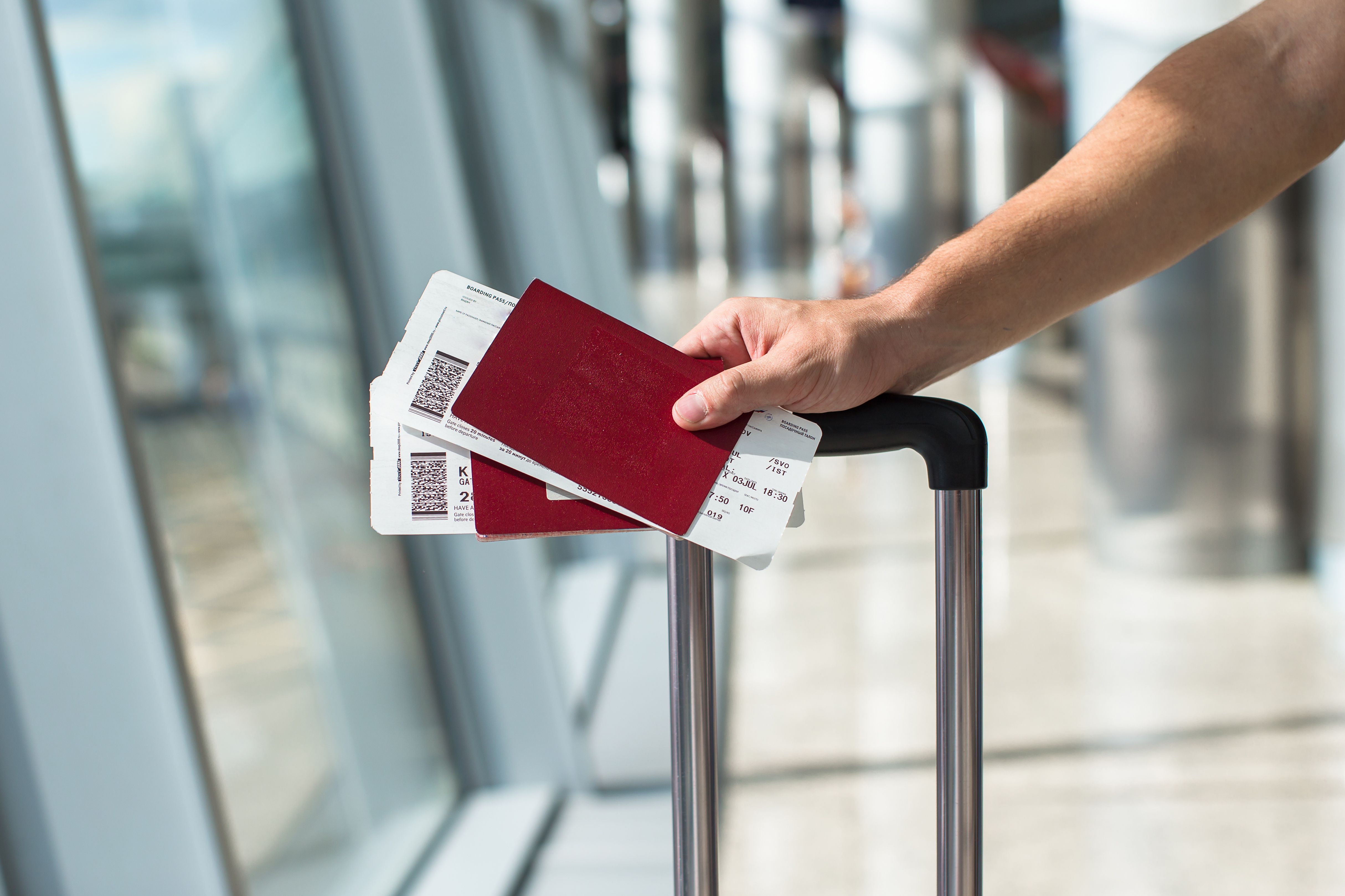
The Most Useful Passports In 2023: A Brief Guide
Which countries provide the easiest global access - a regular survey tells us.There are some visitors who will still be required to apply for a visa due to certain other extenuating circumstances. Visitors who will need to apply for a visa instead of an ESTA include those:
- Not from a visa waiver country
- Planning to gain employment
- Attending an educational institute, even briefly
- Visiting on official government duty
- Set to undergo significant medical treatment
Have you applied for an ESTA before? How did you find the application process? Let us know in the comments.

